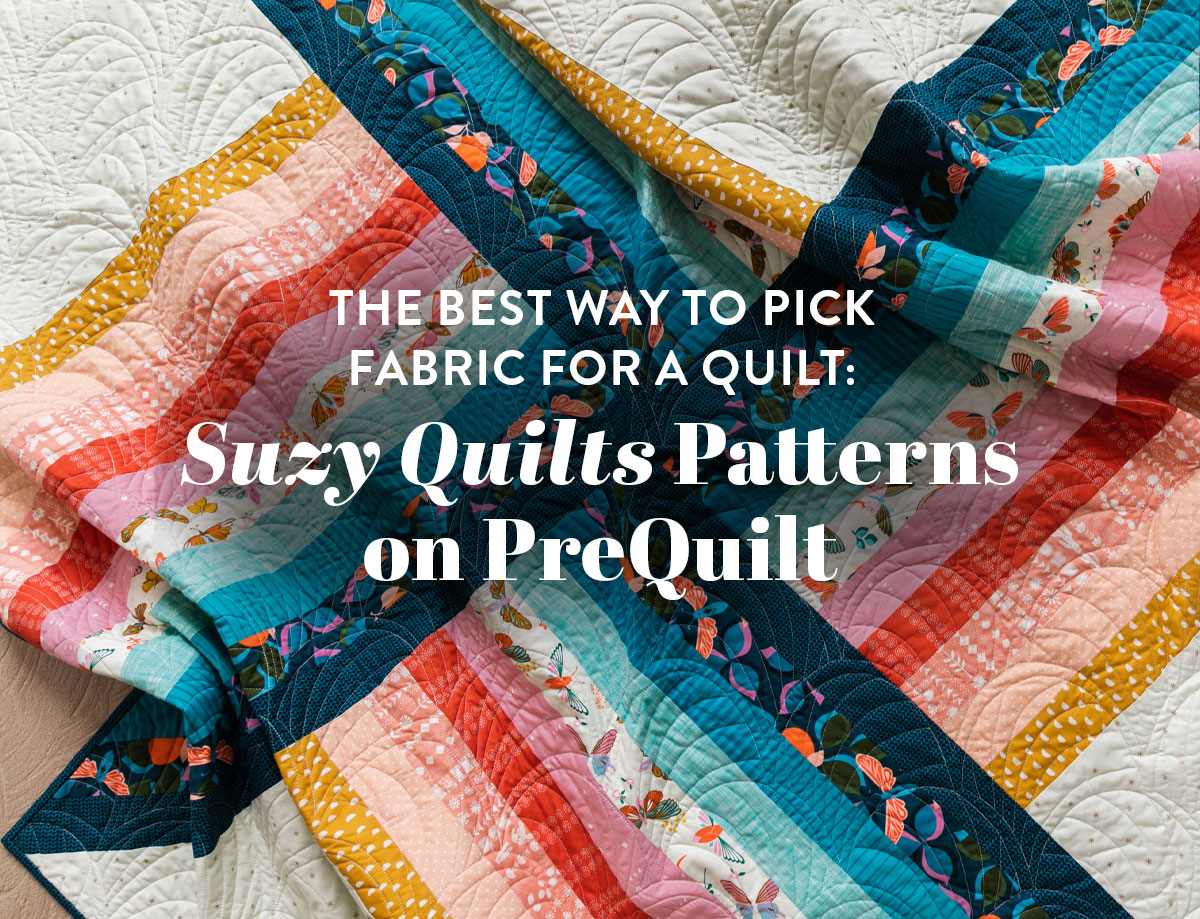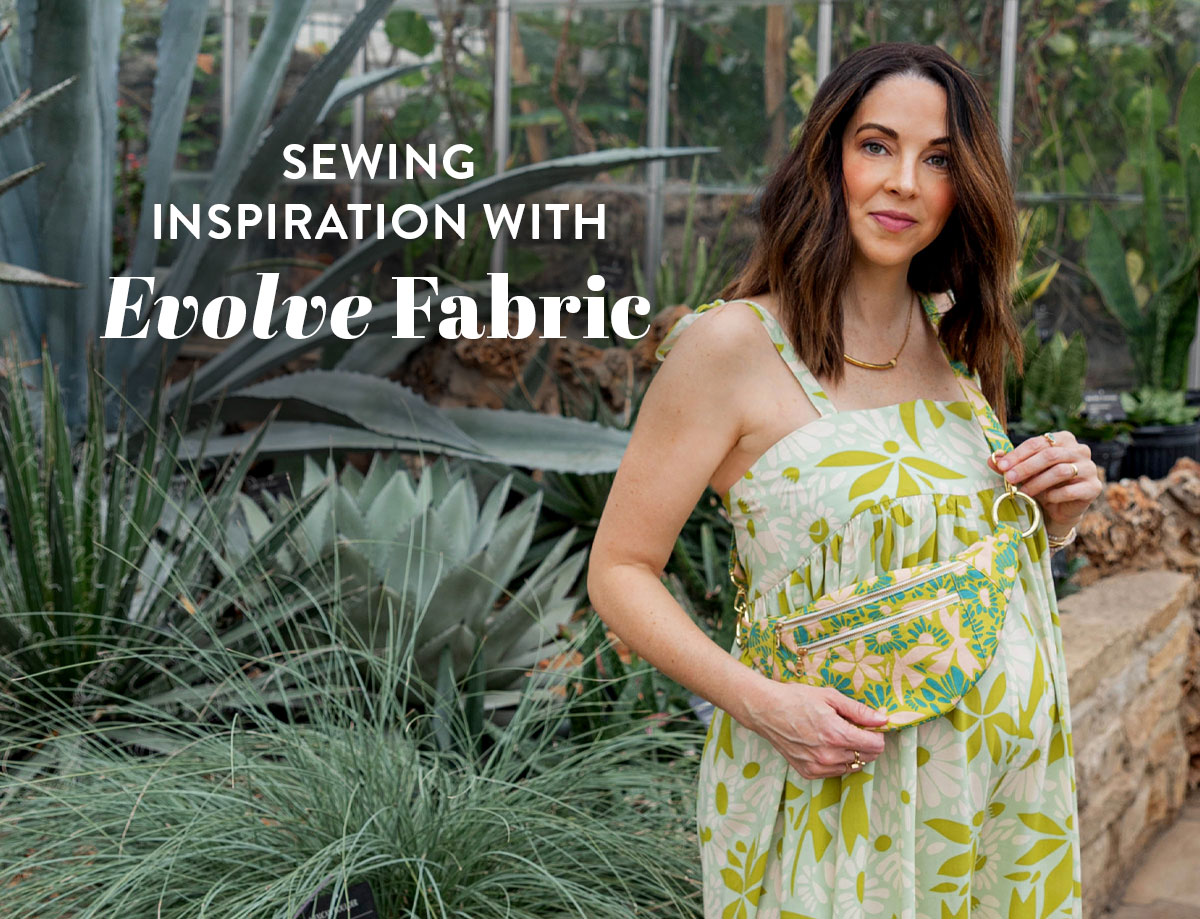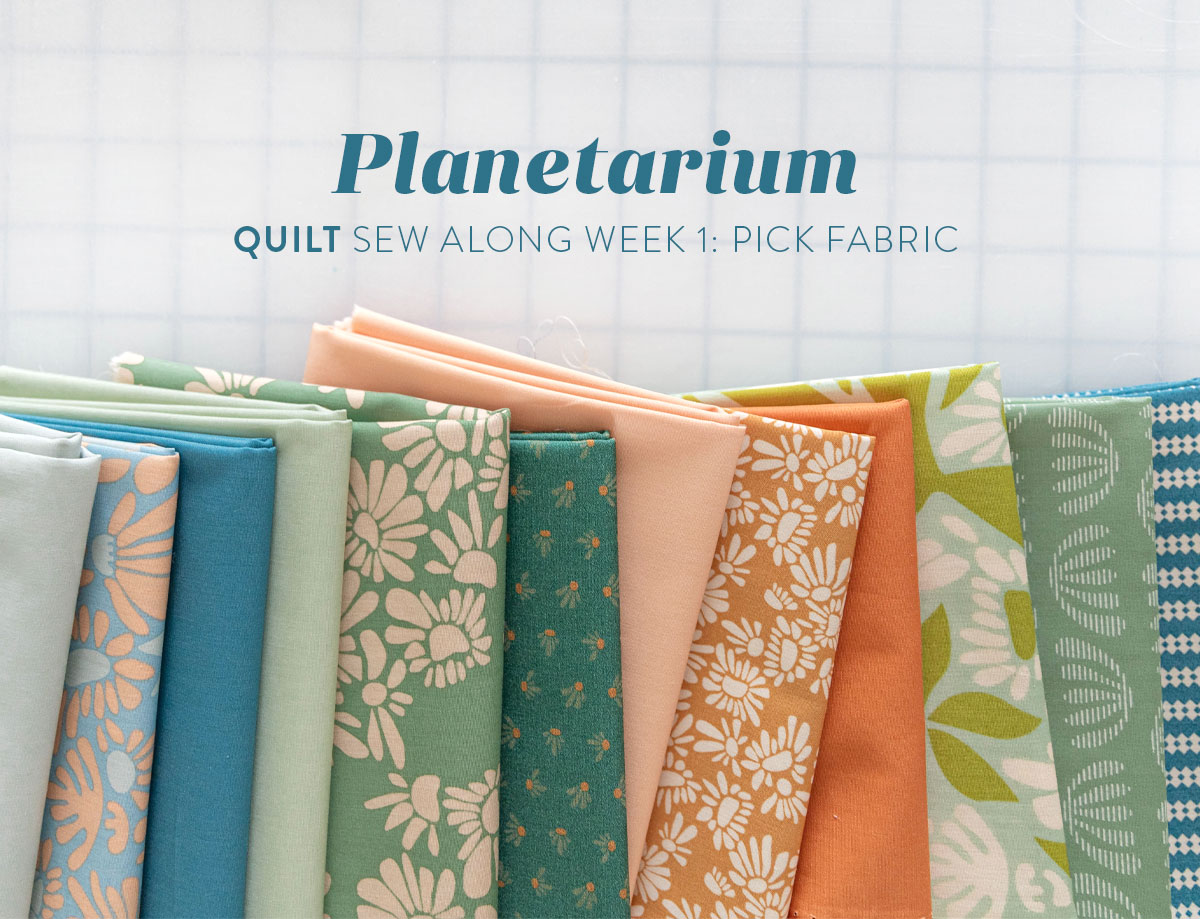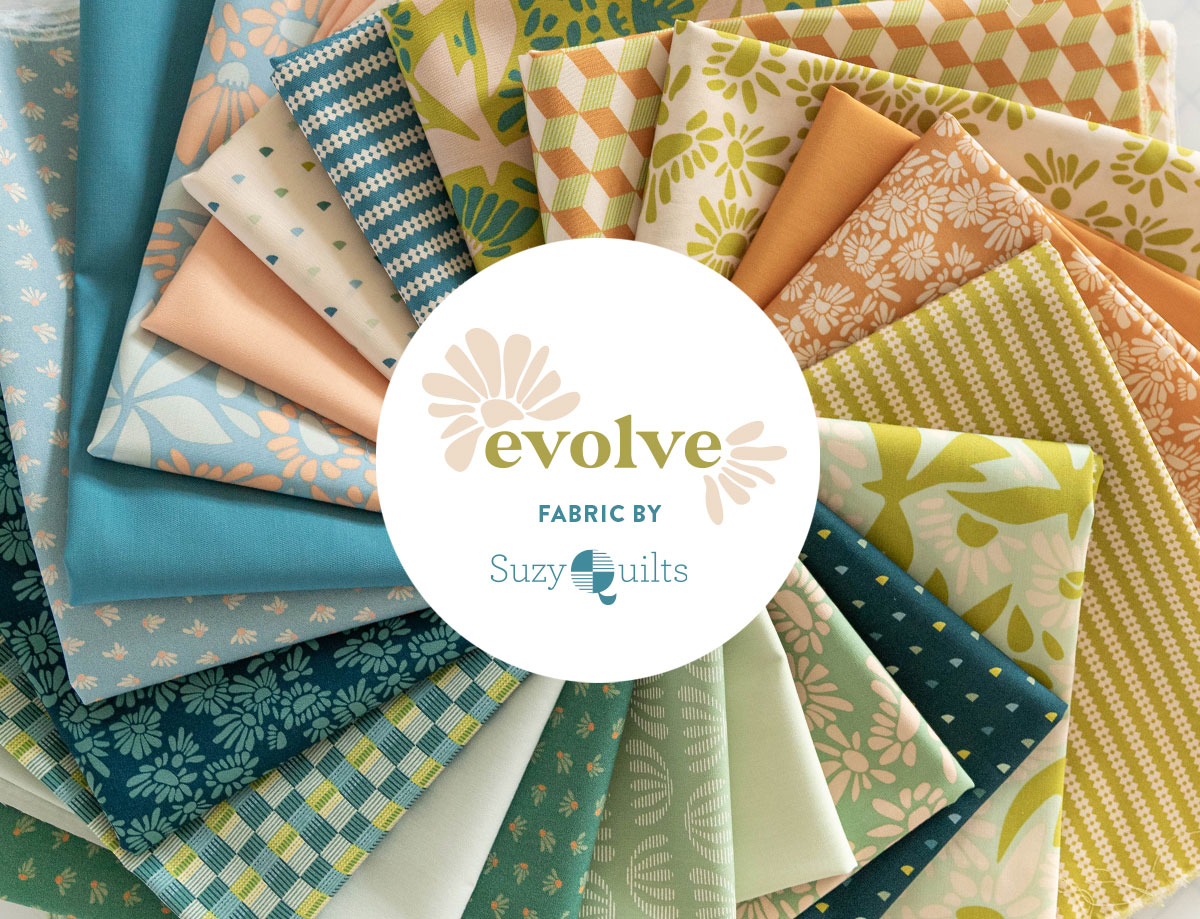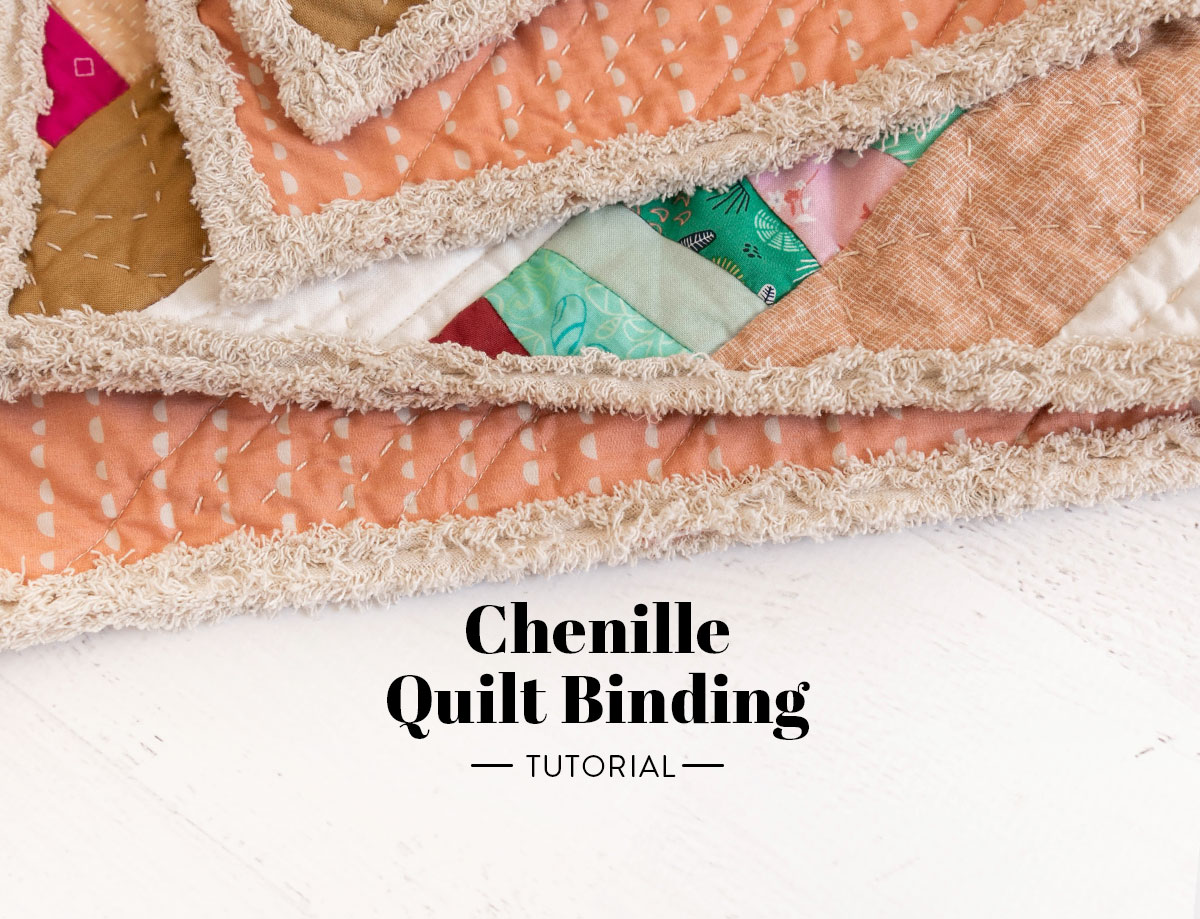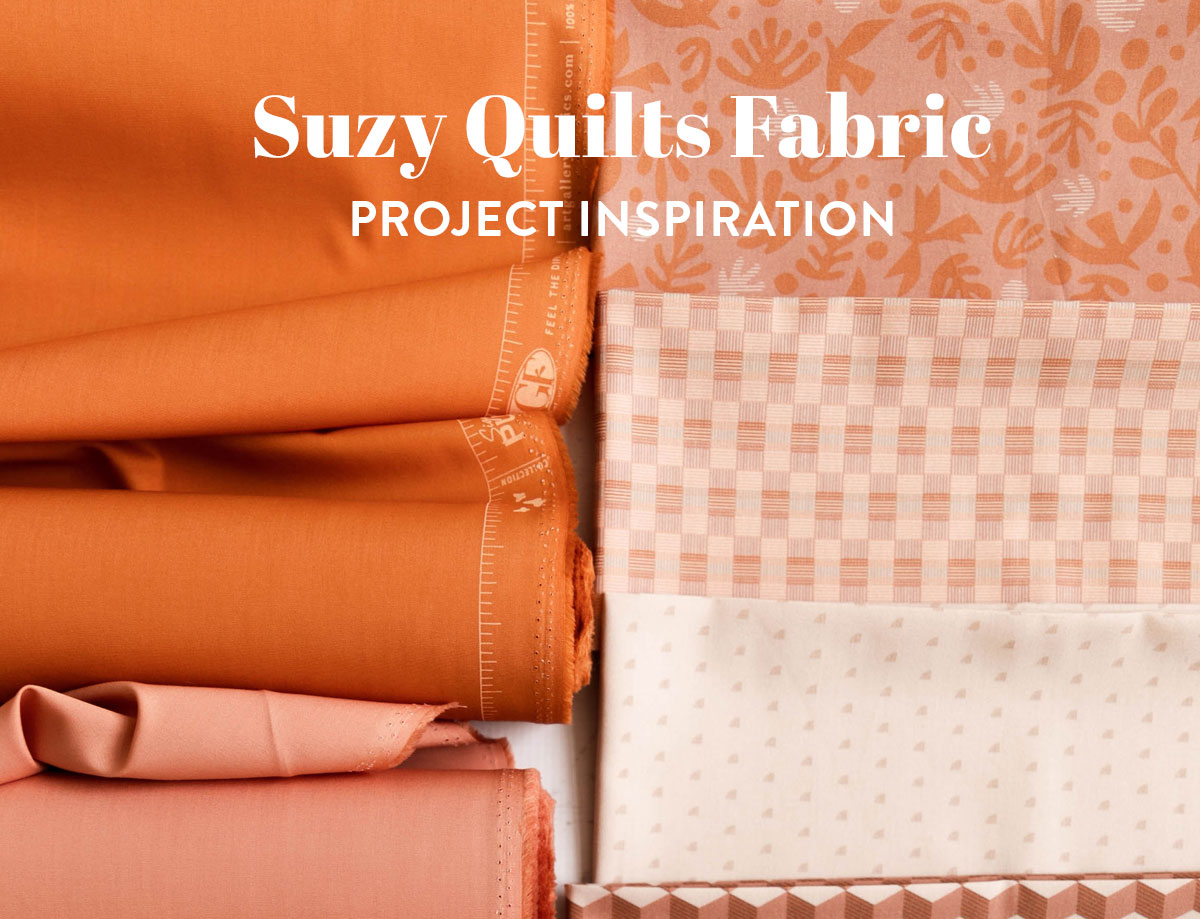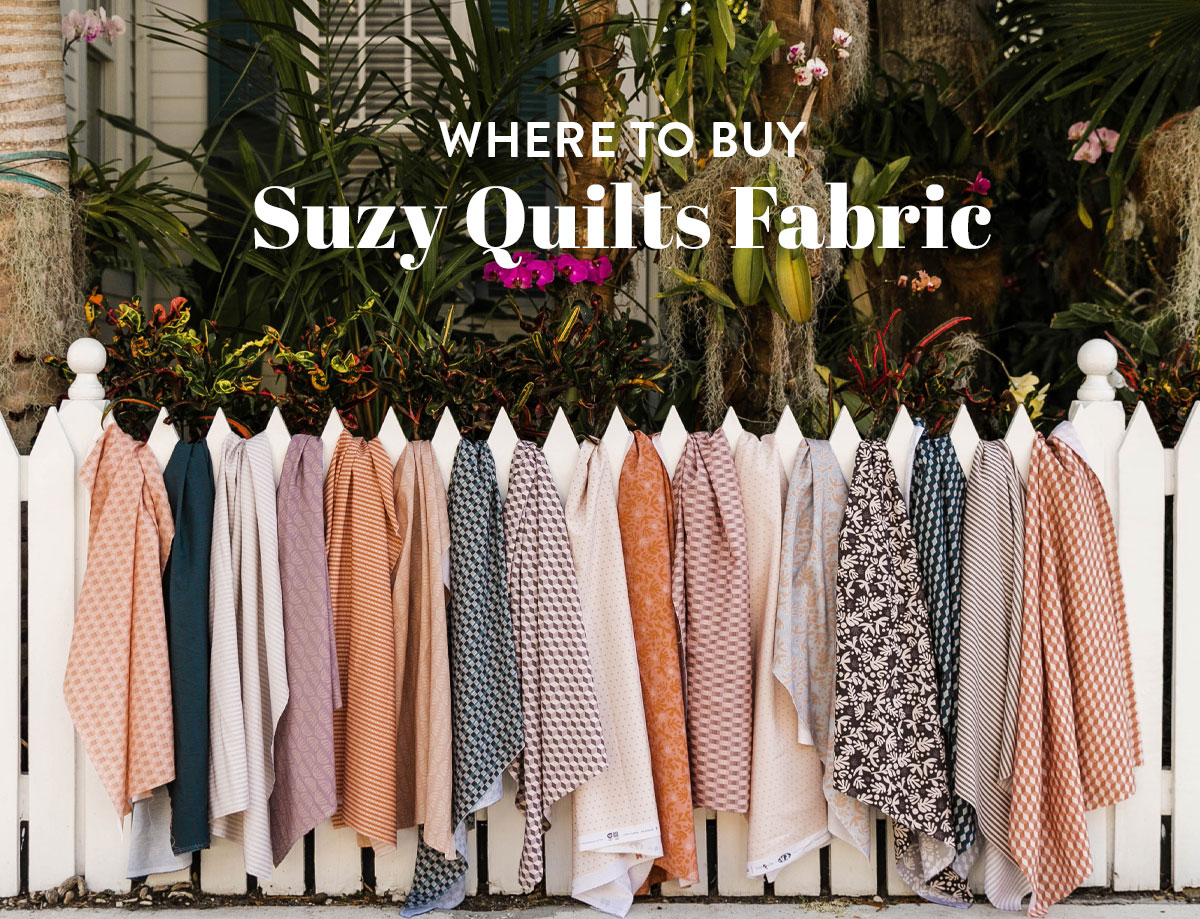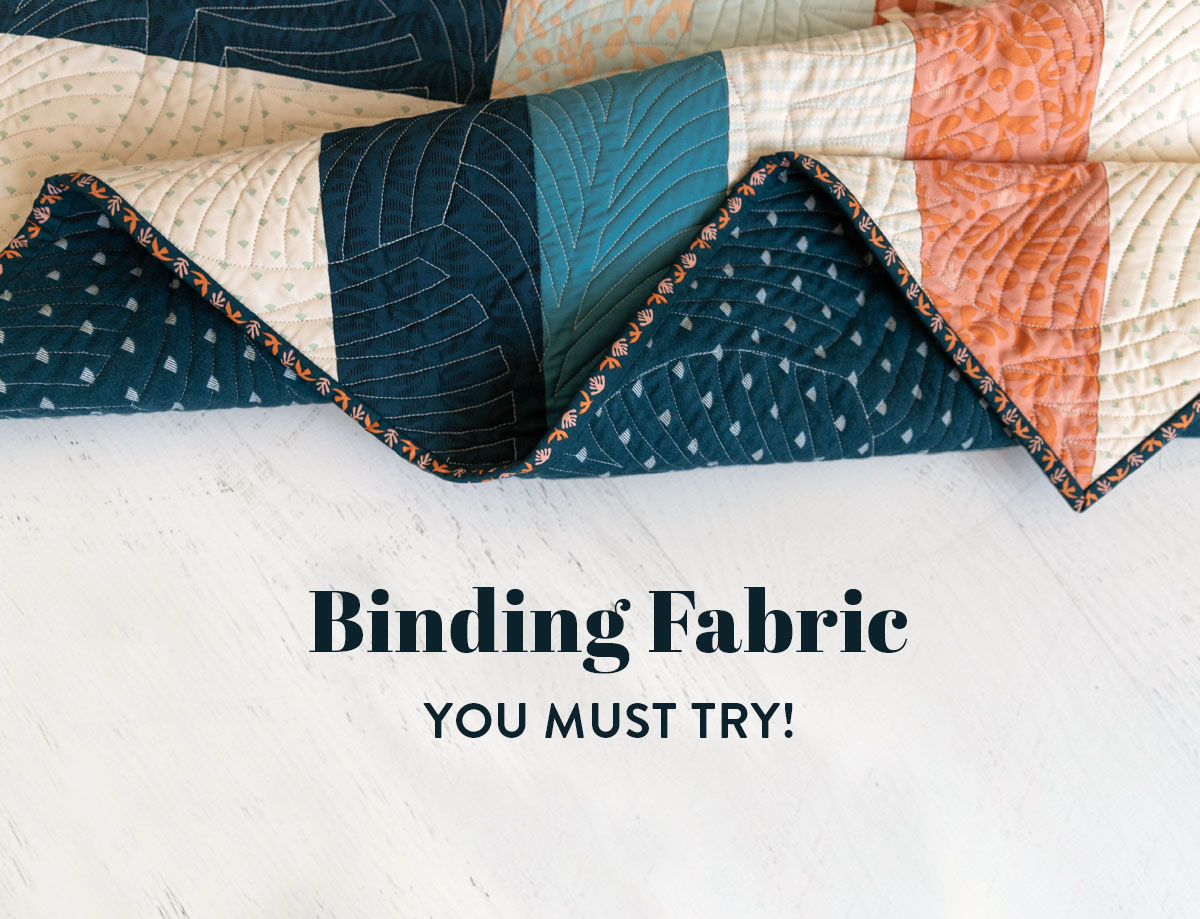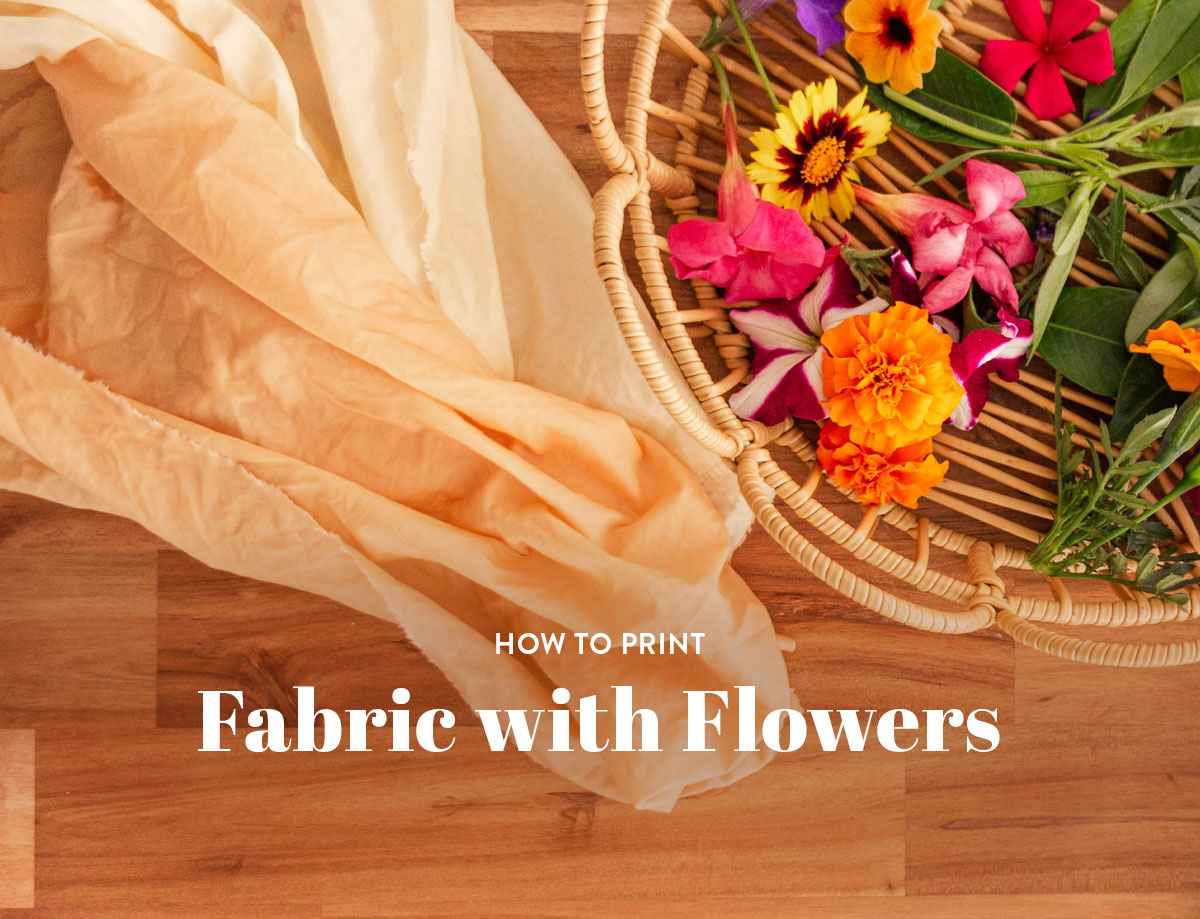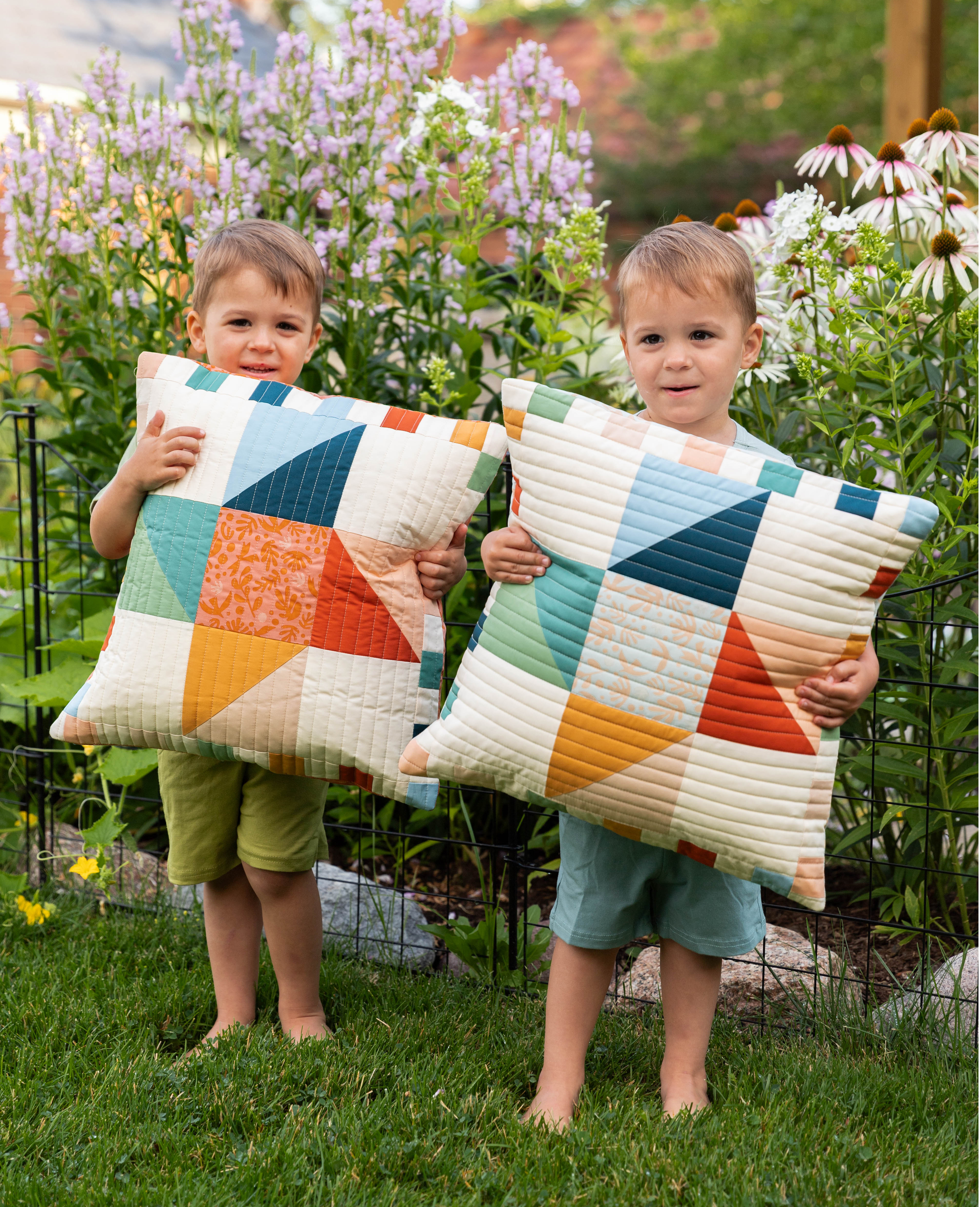Friends, this is the best way to pick fabric for a quilt! ALL Suzy Quilts patterns are now on the PreQuilt app which means you can audition both solid and printed fabrics before committing to sewing a whole quilt. In a nutshell, the way this app works is by allowing you to populate digital quilt mock-ups with colors that coordinate with fabric you can buy.
Category Archives: Fabric
Hello and welcome to all things Evolve! Earlier on the blog I wrote about the inspiration for my third fabric collection with Art Gallery Fabrics, so today I want to show you some beautiful sewing projects to spark your creativity!
My fellow space-lovers, star-gazers, and overall chasers of wonder — we are here with a single purpose — to explore strange new worlds, to seek out new life and new civilizations, and to boldly go where no woman has gone before!
Friends, today is my birthday! December 20, 2023 — I'm 38 and thriving-ish. I don't think it's possible for me to be fully thriving while 6 months pregnant because I'm one of those special people who stays nauseous for the whole 9 months...
The blocks are sewn, the quilting is finished, and you are ready for binding. Congratulations, you did it! Now, before you grab your traditional binding, why not try something new to add some soft texture to your finished quilt? In this tutorial, you’ll learn how to make the coziest faux chenille quilt binding using Chenille-It Blooming Bias!
Get inspired to use new fabric designed by yours truly! Choosing fabric for a quilt can be hard, especially when you want to try a new print or color. That's why I'm showing you lots of Suzy Quilts fabric project inspiration!
Suzy Quilts is now offering three fabric collections — Duval, PURE Signature Solids, and Evolve from Art Gallery Fabrics! That's right, between all of the collections you can now get your hands on a whopping 63 different designs, substrates, and colors.
Two words: binding fabric. What?! YES! It’s new, so you haven’t heard of this before, but it’s so so fun and I just know you're going to love it. Folding it over and seeing the mirrored details on both sides is incredibly gratifying.
